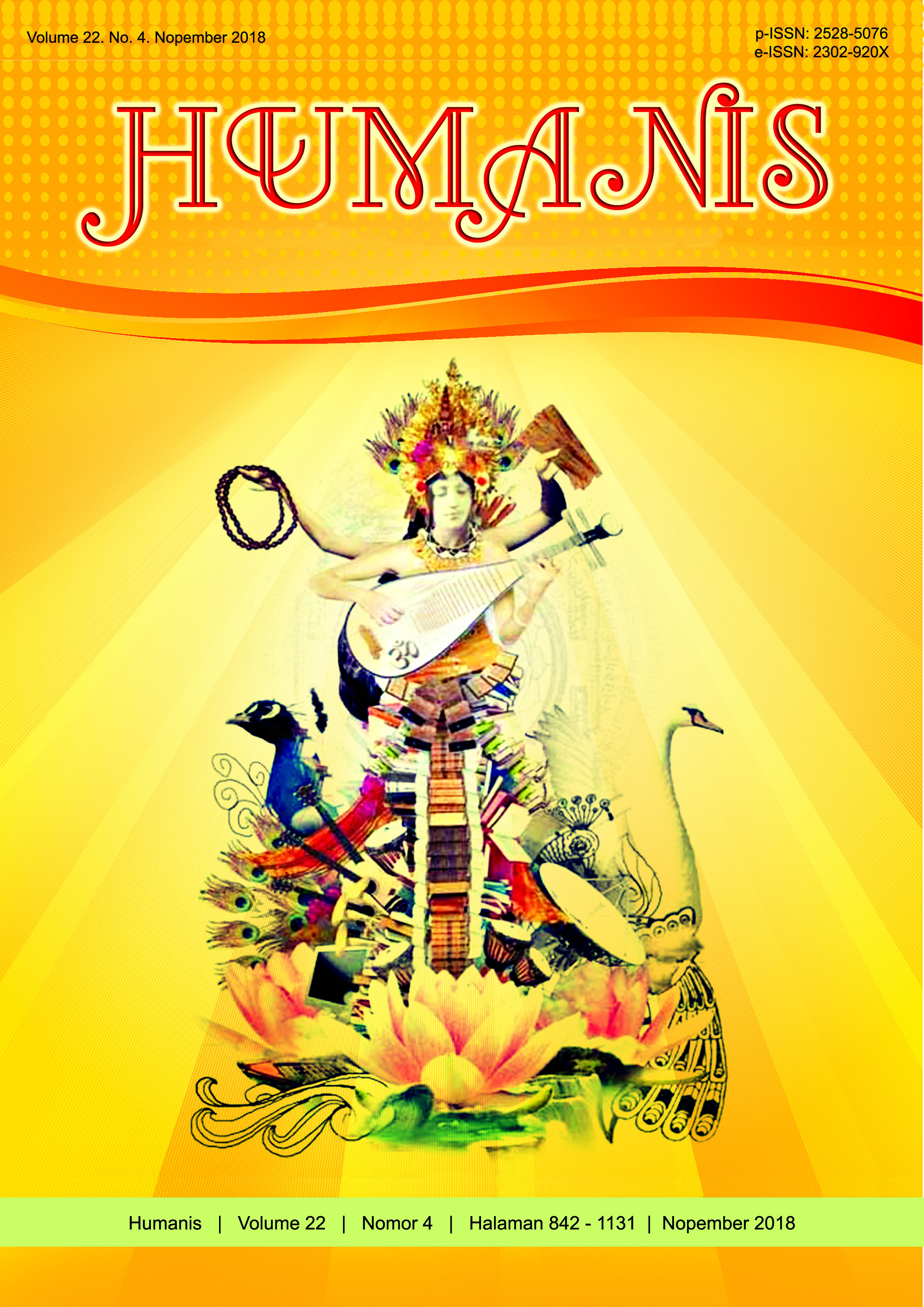Tinggalan Megalitik Kecamatan Parado, Kabupaten Bima, Nusa Tenggara Barat: Kajian Bentuk dan Fungsi
Abstract
Sumbawa Islands is one of Indonesian islands with many variety of archaeological remains. These archaeological remains are generally from the megalithic culture. These remains almost spread all over Sumbawa Islands, especially in Parado District, Bima Regency, West Nusa Tenggara. Lack of research in this region is one of the reasons for choosing it. The aim of this research is to know the form, function and relation of the megalithic remains in Parado District with the kind of megalithic remain in Sumbawa Island.This research is an exploration research which uses some methods such as data collection, analysis and theory in order to solve the question. The method of data collection specifically includes observation, interviews and a literature review. The next step is processing the data with morphological, stylistic, contextual and comparative analysis. The theories which are used for solving the question are structural functional and religious theories. The result from analyzing the form and function of megalithic remains shows that these megalithic remains were used for profane and sacred things. The similarities between the form of megalithic remains in Parado District with the kind of megalithic remains in Sumbawa Islands shows that these megalithic remains have a connection. This connection shows that megalithic remains in Sumbawa Islands were from the same culture and periods.


















